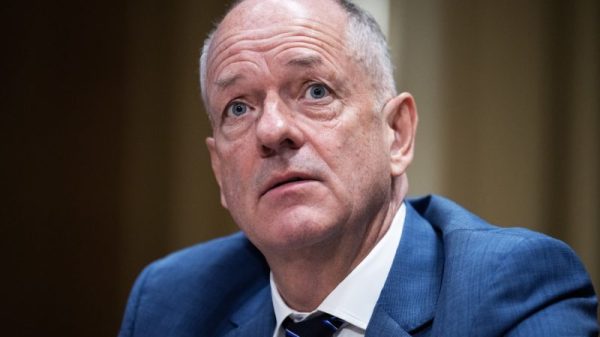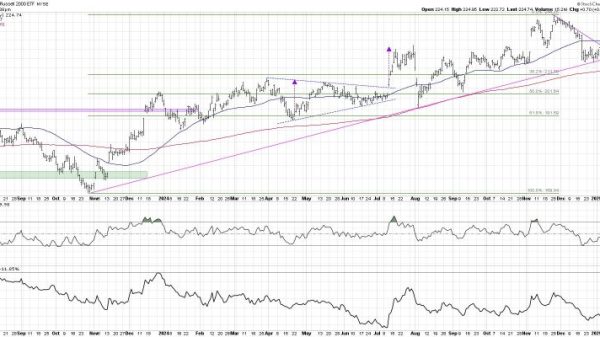The pilgrims crawled forward, some barely inching along the rough ground with hands, knees and elbows rubbed raw.
The procession of St. Lazarus is one of the largest yearly religious processions in officially secular Cuba and also one of the most colorful.
To show their devotion, thousands of Cubans walk for miles barefoot to the small church known as El Rincón — the corner in Spanish — on the outskirts of Havana ahead of December 17, the day when the saint is celebrated.
“It was a tradition of my father’s and I have followed it for 27 years since he passed away. Lazarus grants me what I ask for,” said pilgrim Fernando Valdez, after walking without shoes for more than five hours on broken roads.
In the New Testament, Lazarus was resurrected four days after his death by Jesus and became the patron saint of the poor and the sick. Many of the Cubans asking a wish from the saint wear clothing made from rough cloth sacks to represent poverty.
Other adherents take their shows of devotion to the extreme, crawling on their stomachs or facing backwards or sometimes with cinder blocks tied to their feet to further slow them down.
Blood stains the pavement in places and medics with the Red Cross apply bandages on scraped knees and hands and pass out water to exhausted pilgrims.
Open displays of religious belief have slowly grown over the years in Cuba, which changed its constitution in 1992 to transition from an officially atheist state to a secular one. A groundbreaking visit by Pope John Paul II six years later further helped restore rights for people of faith.
Still, a heavy police presence surrounded El Rincón during the pilgrimage and officials strategically placed large posters of former Cuban leaders Fidel and Raul Castro as well of the island’s current president Miguel Diaz-Canel outside the entrance to the church.
The complexity of Cuba was also on display as many of the pilgrims are believers in Santería, an offshoot of the Yoruba religion brought to Cuba more than 200 years ago by African slaves. Forced to convert to Catholicism, the slaves blended the two faiths into a syncretic religion that spread across the island and around the Caribbean.
Believers melded African deities like Babalú-Ayé, who both spread and healed sickness, with Catholic saints like Lazarus, who granted wishes for good health.
Already adept at surviving in the shadows and without central leadership, Santería in large part flourished after the crackdown on organized religion in Cuba following Fidel Castro’s 1959 revolution.
Santería’s growth has presented a dilemma to the Catholic Church in Cuba which does not recognize the religion but, faced with often empty pews at services, cannot afford to turn away its followers.
At an outdoor mass held at El Rincón, Catholic priests told Santerîa followers they were welcome at the ceremony but should not ask the priests to bless their beads and idols.
Some priests appeared to pretend to not notice as Santería followers blew cigar smoke onto statues of St. Lazarus, who is represented walking on crutches and wearing a sack cloth.
But the acceptance only goes so far.
Many of the pilgrims voiced concern at Cuba’s worsening economic situation and expressed a wistfulness for the change in policy towards the communist-run government announced by then-President Barack Obama exactly 10 years ago to the day.
Many followers of St. Lazarus saw the announcement on the same day celebrating their deity as fortuitous timing. As the two Cold War-era enemies restored diplomatic ties, Cuba experienced a tourism boom and the island’s beleaguered economic fortunes briefly lifted.
But during his first term, then-President Donald Trump, a critic of what he called Obama’s appeasement of Cuba, reversed much of that opening. Many Cubans say a second Trump term — combined with their own government’s resistance to make meaningful economic reforms — could spell the worst crisis in their lives.
In 2024, Cuba has suffered island-wide rolling blackouts that lasted more than a week, hundreds of thousands of people emigrated from the island and the social safety net once provided by the government all but evaporated.
But as he rested from his pilgrimage, Valdez said he was sure St. Lazarus would once again steer him through the tough times ahead.
“To live, human beings need a reason,” he said. “Something that gives them light and for me it’s my faith. If not, you die.”


































